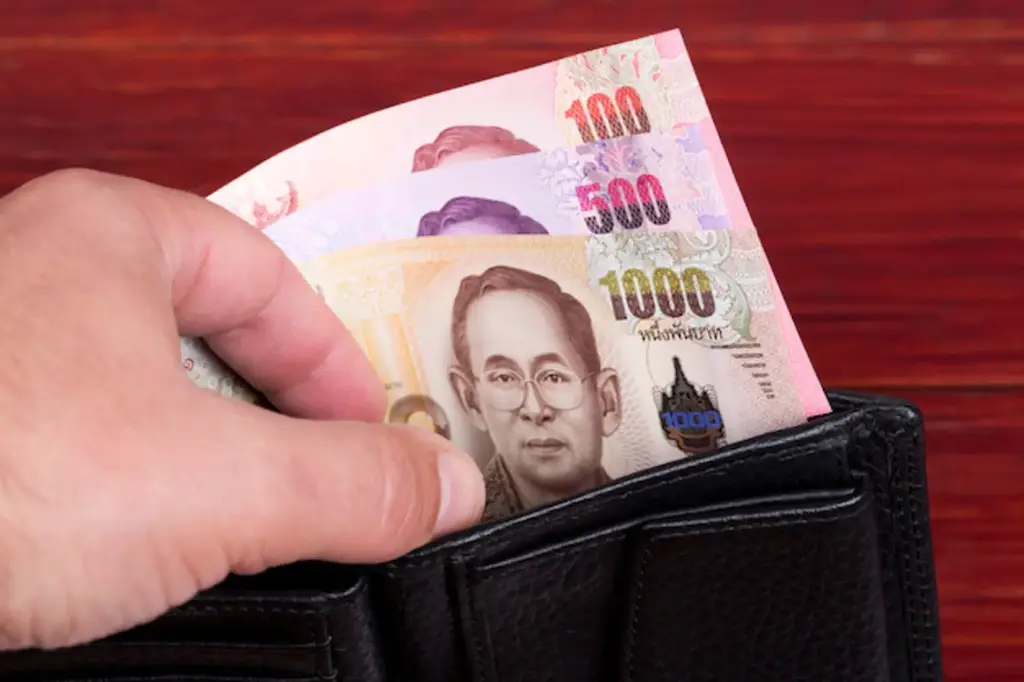News
Cashing In across the Golden Triangle
The authors Burmese Dr. Thein Swe and American Dr. Paul Chambers
The study “Cashing In across the Golden Triangle” began in 2005 as an idea to understand Thailand’s economy in the North and is a comprehensive analysis of Thailand’s northern border trade with China, Laos, and Myanmar. The book’s cover dramatically shows a Chinese freighter at the port of Chiang Saen in Thailand’s Chiang Rai Province, hinting on the ever-growing influence of China there. Due to Mekong Press in Chiang Mai, the book is just out in the right time, when China also flexes its muscle into Laos and Myanmar.
The authors Burmese Dr. Thein Swe and American Dr. Paul Chambers are occupied with research at the South East Asian Institute of Global Studies at Payap University in Chiang Mai and are well-prepared to give a valuable overview and assessment of the impact of the new transnational road networks called the “North-South Economic Corridor” (NSEC), which was masterly created by the Asian Development Bank (ADB) in Manila/Philippines within the framework of the Greater Mekong Sub-region (GMS) Project since 1992.
The book’s contents are divided into a foreword, preface, introduction, eleven chapters, and conclusion with an appendix, notes, bibliography, and last not least and index. There are also a list of tables and figures, abbreviations, and two helpful maps.
While the foreword was written by the “Father of the GMS” Japanese Noritada Morita, in the preface and introduction the authors note the origins of the Golden Triangle, where today the borders of Thailand, Laos, and Myanmar meet. Being for a long time an important focus of the narcotics trade, the Golden Triangle has been finally developed to promote trade and logistics, including electricity, communications, agriculture, and tourism. The authors explain that there are a dozen questions to ask, especially how have the new routes R3A through Shan State/Myanmar and R3B through Laos influenced and affected Thailand’s border trade with China.
To facilitate discussion, in Chapter One the authors examine different theories on cross-border trade and regional co-operation and highlight “postclassical realism” and sub-regional economic zones (SREZ), while in Chapter Two they survey Thailand’s general role in regionalism and border trade in the Mekong River Basin. In this context, they mention that Bangkok intends to establish Mae Sai, Chiang Saen, and Chiang Khong – all in Chiang Rai Province – as special economic zones. Chiang Saen is important for the free passage of commercial ships on the Lancang/Mekong River up to Guanlei in Xishuangbanna/China and further on.
Chapter Three traces the border trade between Myanmar’s Tachilek and Thailand’s Mae Sai, mentioning ethnic Chinese business networks and “casino” tourism, while Chapter Four follows the route all the way from Mae Sai to Mongla via Kengtung in Eastern Shan-State (275km), where trafficking in people, wildlife and narcotics is still rampant. Interesting to note is that international tourists cannot normally cross the Myanmar/China border behind Mongla to Daluo.
In Chapter Five, there is described in detail the border trade between Houayxai/Laos and Chiang Khong/Thailand. Also, there is a nice photograph of the new upcoming Friendship Bridge (page 75) where around a growing Chinese presence is already felt. Furthermore, Chapter Six discusses the ramifications of the route from Chiang Khong to the Boten/Lao-Mohan/China border and further on to Kunming, the capital of China’s Yunnan Province. Actually, Boten Golden City is – “pure and simple” – a Chinese town (see photograph on page 87). In the near future, a bus service should take only some 24 hours to connect Bangkok with Kunming (1,943km)!
Chiang Saen comes into the picture in Chapter Seven as a river portal linking Thailand to China. The authors mention China’s damming of the Lancang/Mekong River and the ambitious “Kings Romans of Laos ASEAN Economic & Tourism Development Zone’’ (see photograph on page 111). By the way, the use of gaming seems to become the engine of economic growth. Thus, in Chapter Eight and Nine, the importance of Chiang Rai Province as Northern Thailand’s gateway to China is highlighted in close competition to Chiang Mai, which until now still remains the economic core of Thailand’s North.
Last not least, there is now a kind of “Economic Quadrangle” not to be underestimated within the GMS, which also includes Cambodia and Vietnam further south. Political decentralization as well as labor migration and sociolinguistic challenges in Thailand will follow (see Chapter Ten and Eleven). In conclusion, if a kind of regional stability can be reached in the not-to-distant future, all the participating parties and countries in the GMS will “cash in” accordingly.
The very useful bibliography at the end of the book should encourage scholars and students alike to dig even deeper into this neglected but prominent theme of border trade and frontier commerce. Also, the book should not to be missed in any library with books about the GMS and the future of ASEAN or Southeast Asia.
Reinhard Hohler is a Ph.D. candidate of ethnology, geography and political science at Heidelberg University in Germany.
Thein Swe & Paul Chambers:
Cashing In across the Golden Triangle
Published in 2011 by Mekong Press, Chiang Mai, 192 pages, Baht 450
A Book Review by Reinhard Hohler, Chiang Mai (21.12.2011)






























